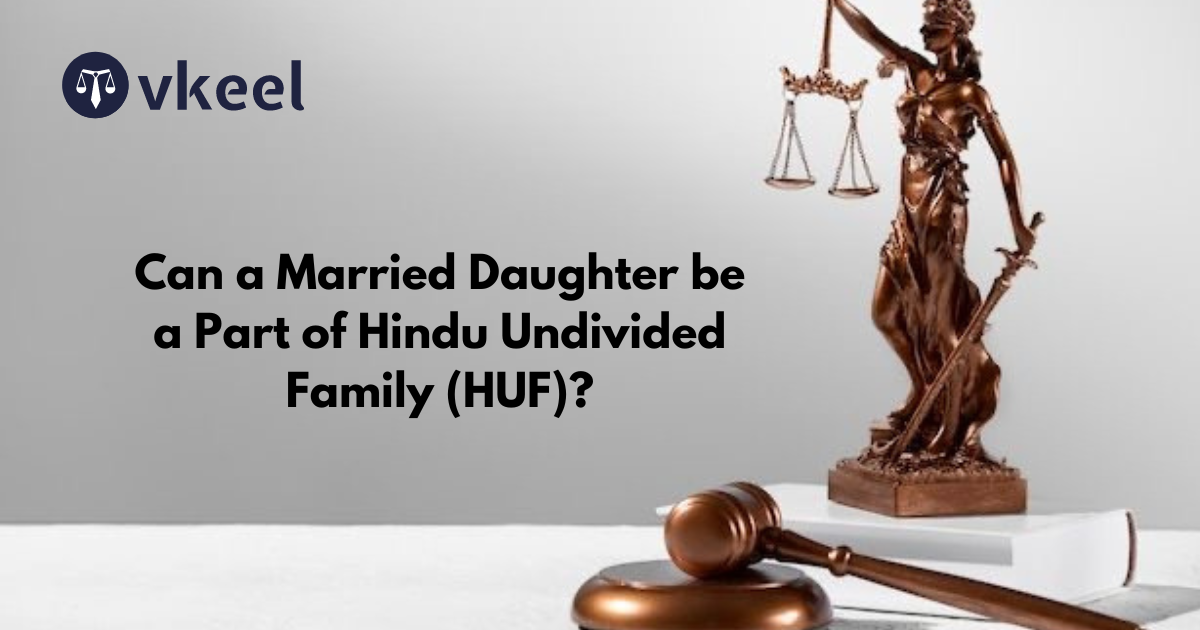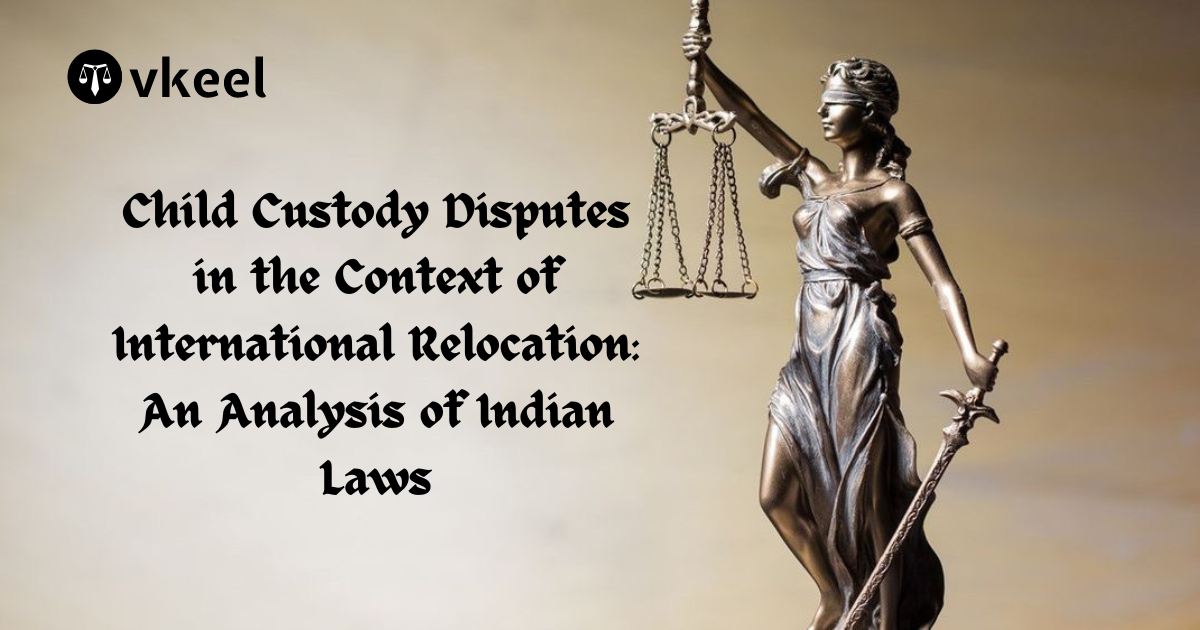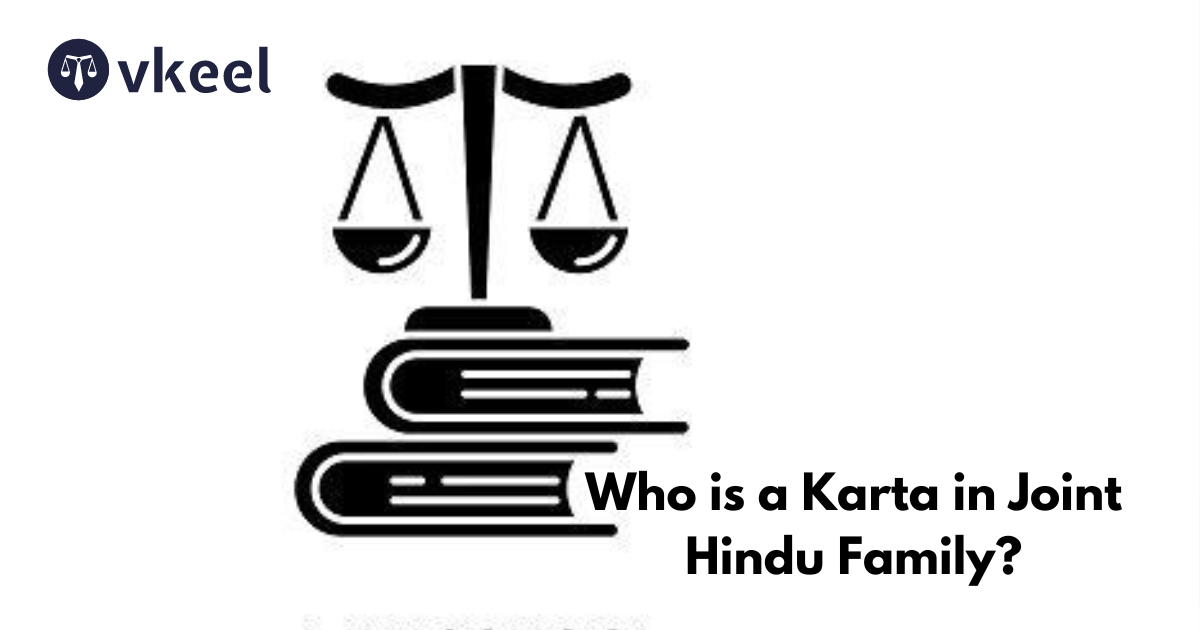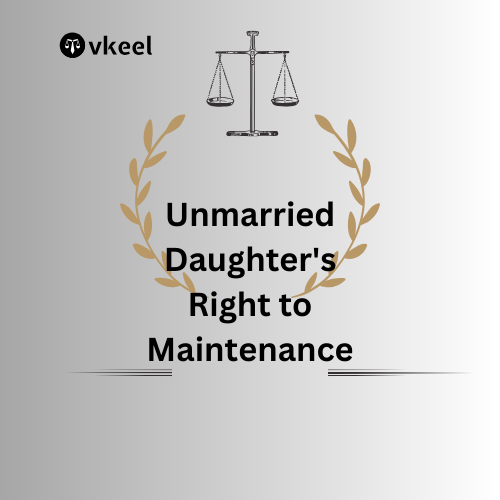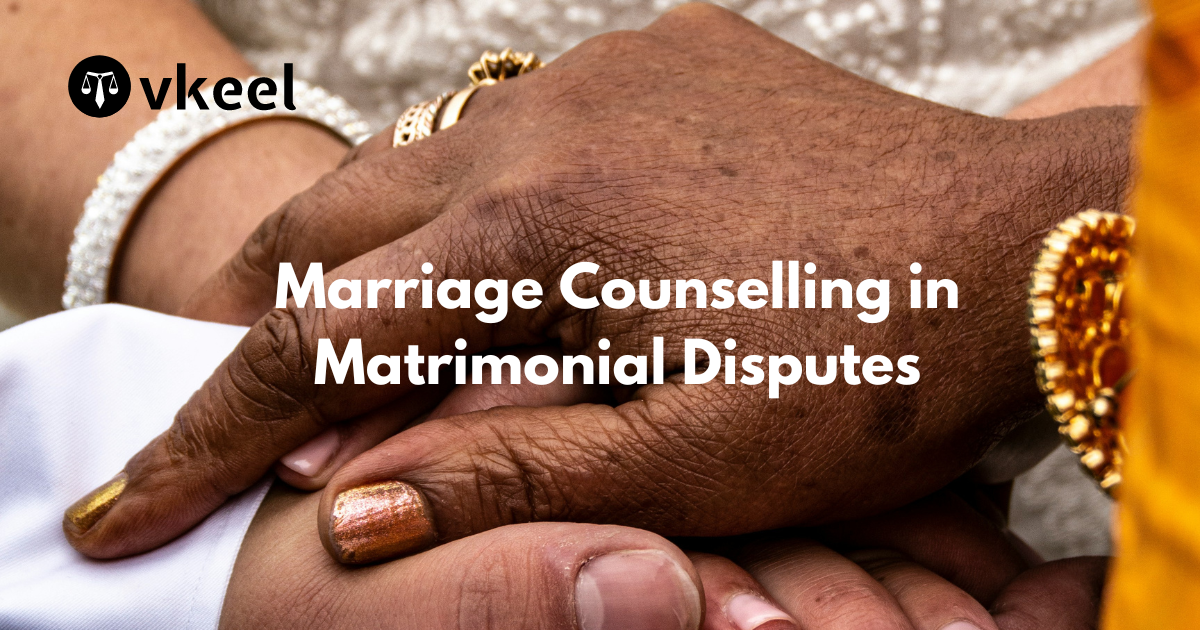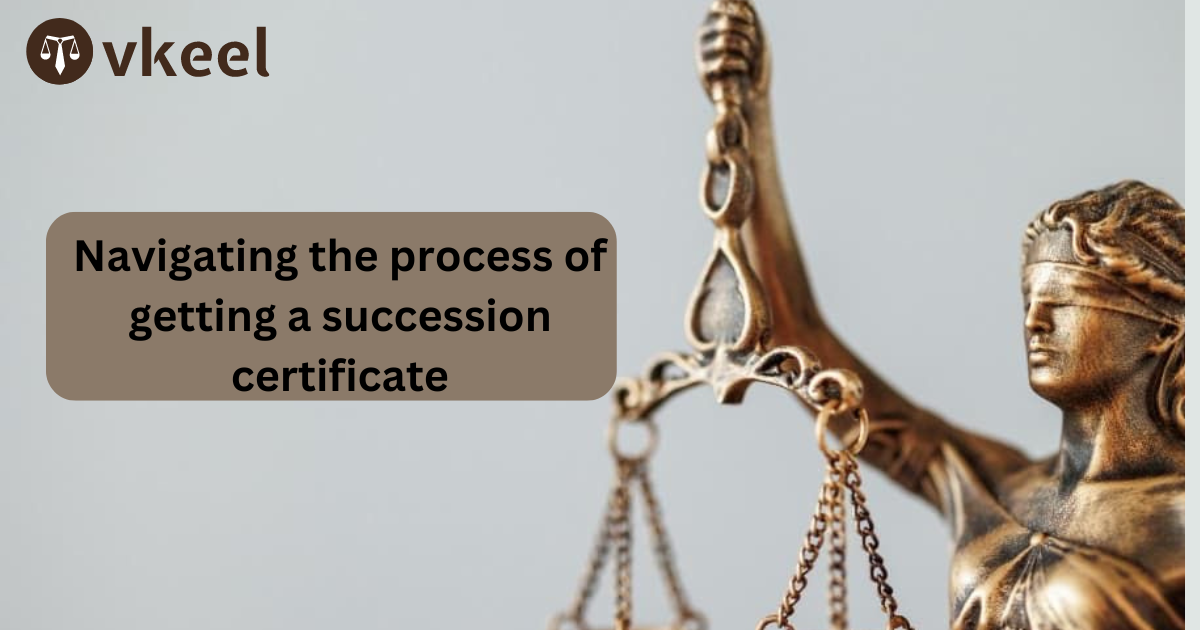Can a Married Daughter be a Part of Hindu Undivided Family (HUF)?
By Himanshu Kumar
Table of Contents
Introduction
The Hindu Undivided Family (HUF) is a unique institution recognized under Hindu law in India, primarily for taxation purposes. It includes persons lineally descended from a common ancestor and their wives and unmarried daughters. A pertinent question arises whether a married daughter can be a part of her natal HUF. This issue has seen significant legal evolution, especially with amendments to the Hindu Succession Act, 1956, and various case laws.
Under Hindu law, the term “Hindu” is broadly defined to include individuals who follow various religious traditions and practices rooted in the Indian subcontinent. This definition is provided by statutes such as the Hindu Marriage Act, 1955, and the Hindu Succession Act, 1956
Historical Perspective of HUF
Traditionally, an HUF is formed by a Hindu family and consists of a common ancestor and all his lineal male descendants, along with their wives and unmarried daughters. Under the old Hindu law, daughters, once married, were considered part of their husband’s family and lost their rights in their natal HUF. This patriarchal view excluded married daughters from inheriting property and being coparceners in the HUF.
Hindu Succession Act, 1956
The Hindu Succession Act, 1956, was a significant step towards codifying and reforming Hindu personal law. Initially, the Act did not recognize daughters, married or unmarried, as coparceners. The property rights of daughters were limited, and they could only claim a share as Class I heirs upon the death of their father.
Landmark Amendment: Hindu Succession (Amendment) Act, 2005
The major turning point came with the Hindu Succession (Amendment) Act, 2005. This amendment aimed to address gender discrimination in property rights among Hindus. Key provisions of the 2005 amendment include:
- Equal Coparcenary Rights: The amendment conferred equal coparcenary rights to daughters, married or unmarried, as sons. This means that daughters have the same rights and liabilities in the HUF property as sons.
- Birthright: The right of a daughter to be a coparcener is by birth, similar to sons.
- Retroactive Effect: The amendment was made applicable retrospectively from September 9, 2005, ensuring that daughters born before or after the amendment are treated equally.
Key Case Laws Post-2005 Amendment
- Vineeta Sharma v. Rakesh Sharma (2020): This Supreme Court judgment reaffirmed that daughters have equal coparcenary rights by birth, regardless of whether their father was alive on the date of the 2005 amendment. The court emphasized that the amendment intended to rectify gender discrimination, and the daughter’s coparcenary rights are not contingent on the father’s life status.
- Prakash v. Phulavati (2015): In this case, the Supreme Court held that the 2005 amendment does not apply retrospectively. However, this was later overruled by the Vineeta Sharma case, which clarified that the amendment has a retroactive effect.
- Danamma @ Suman Surpur v. Amar (2018): The Supreme Court held that a daughter is entitled to a share in the ancestral property, irrespective of whether her father was alive at the time of the amendment. This judgment laid the groundwork for the Vineeta Sharma decision.
Legal Position of Married Daughters in HUF
Coparcenary Rights
Post the 2005 amendment and subsequent judicial interpretations, it is clear that married daughters have coparcenary rights in their natal HUF. This implies:
- Equal Rights: Married daughters have the same rights and obligations as sons in the HUF property.
- Right to Demand Partition: A married daughter can demand the partition of the HUF property.
- Right to Maintenance: They are entitled to maintenance from the HUF property.
- Right to Residence: Married daughters have the right to reside in the ancestral home.
Tax Implications
For taxation purposes, the inclusion of married daughters as coparceners in HUF has significant implications. The income from HUF property is assessed separately, and with married daughters being coparceners, their share in the income is also recognized. This change impacts the calculation and distribution of taxable income within the HUF.
Practical Challenges
Despite the legal recognition, practical challenges remain in the implementation:
- Societal Norms: Deep-seated patriarchal norms often hinder the practical realization of these rights. Many families are reluctant to acknowledge married daughters as equal coparceners.
- Documentation and Proof: Establishing coparcenary rights requires appropriate documentation. In many cases, the lack of awareness and proper records can obstruct the daughters from claiming their rightful share.
- Litigation: Legal disputes often arise, leading to prolonged litigation, which can be financially and emotionally draining for the parties involved.
Conclusion
The evolution of the legal framework governing HUF and the inclusion of married daughters as coparceners marks a significant stride towards gender equality in India. The Hindu Succession (Amendment) Act, 2005, and subsequent landmark judgments have established that married daughters have equal rights in their natal HUF, addressing the historical gender biases.
While the legal position is clear, the practical implementation of these rights requires societal change and awareness. Married daughters now stand on equal footing with sons regarding their rights in HUF property, reflecting the progressive shift in Indian jurisprudence towards gender equality. The judiciary’s role in interpreting and enforcing these rights continues to be crucial in ensuring that the legislative intent translates into real-world equality.
Disclaimer:
The information provided in the article is for general informational purposes only, and is not intended to constitute legal advice or to be relied upon as a substitute for legal advice. Furthermore, any information contained in the article is not guaranteed to be current, complete or accurate. If you require legal advice or representation, you should contact an attorney or law firm directly. We are not responsible for any damages resulting from any reliance on the content of this website.

